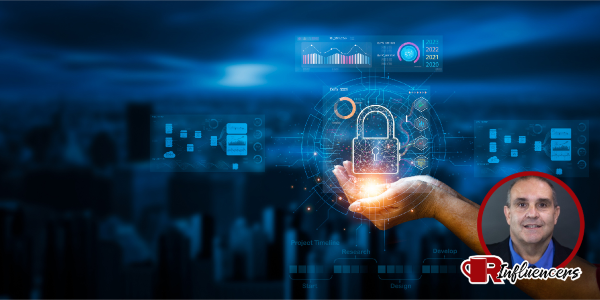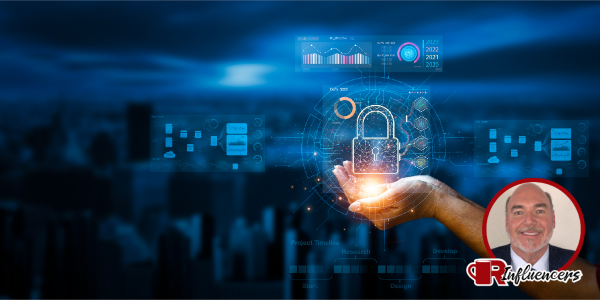Data Protection in the Roofing Industry

RCS Influencer John Kenney says that ensuring your data is protected is a necessity for your business.
Our attention naturally gravitates toward the tangible elements we deal with daily: materials, tools, designs and performance metrics. However, as the digital age continues to embed itself deeper into every aspect of our business operations, there is an increasing need to shift some of our focus towards safeguarding the data we handle. Data permeates all corners of our industry, from client details and project specifications to financial transactions and vendor communications. Ensuring its protection isn't just good practice; it's an absolute necessity.
Cyber insurance: shielding against digital rainstorms
Just as we understand the importance of high-quality underlayment to prevent leaks and damage, we need to view cyber insurance as a layer of protection against potential digital breaches. Over recent years, the rising number of cyberattacks targeting industries like ours has underscored the importance of being insured. This isn't a case of simply selecting the cheapest policy; it's about understanding the unique vulnerabilities and risks associated with our trade.
A robust cyber insurance policy will offer coverage against a myriad of threats: ransomware attacks, data breaches, business interruption and even reputational damage. However, the key is to work closely with the insurance provider, ensuring that the coverage mirrors the particularities of our roofing business and the nature of the data we handle.
Data retention: building a secure digital foundation
While protecting our data is crucial, it's equally important to know when to let it go. Storing excessive amounts of data increases management costs and amplifies the risk should a breach occur. A common misconception in our industry is that holding onto all data indefinitely is a surefire way to be prepared. However, the reality is different.
We need a systematic approach to data retention. This begins by understanding the legal requirements for holding specific data types. Once we've passed the legally mandated retention period, assessing if there's a genuine business need to keep the data is prudent. Implementing a consistent data purging policy will minimize risks and streamline operations. Remember, every piece of data we don't need is a liability.
Working with software providers: strengthening the roof over our data
The software tools we use daily for project management, client communication and inventory control are gateways to a wealth of information. Thus, our partnership with software providers is critical in fortifying our data security.
Three steps are imperative in this partnership:
- Due diligence: Before committing to any software solution, conducting thorough research is essential. Understand the provider's history, reputation and their approach to security. Ensure they adhere to industry-standard encryption protocols and regularly update their software to combat emerging threats.
- Collaborative training: Partner with the provider to train your team. Ensure everyone understands the best practices and the features available to enhance data security. Often, breaches occur due to human errors, and training is the best antidote.
- Ongoing communication: Establish a continuous line of communication with your software provider. Stay updated on any changes, potential risks, or updates that can influence the safety of your data.
As roofing professionals, while our primary concern might be ensuring robust and watertight physical structures, the digital realm demands our attention. With the right strategies and partnerships, we can ensure that our business data remains as secure as the roofs we install. Remember, in this digital age, a data breach can be just as catastrophic as any roof failure. Protecting our data is no longer an option; it's a fundamental business responsibility.
John Kenney is the CEO of Cotney Consulting Group. See his full bio here.
Recommended For You

Essential precautions to take with cyber security
Read More ...
Taking Proactive Measures to Safeguard Company Data
Read More ...
Preventing Cyber Attacks With Quality Security Measures
Read More ...



-2025-xtv-mls-tour-2.png)














Comments
Leave a Reply
Have an account? Login to leave a comment!
Sign In